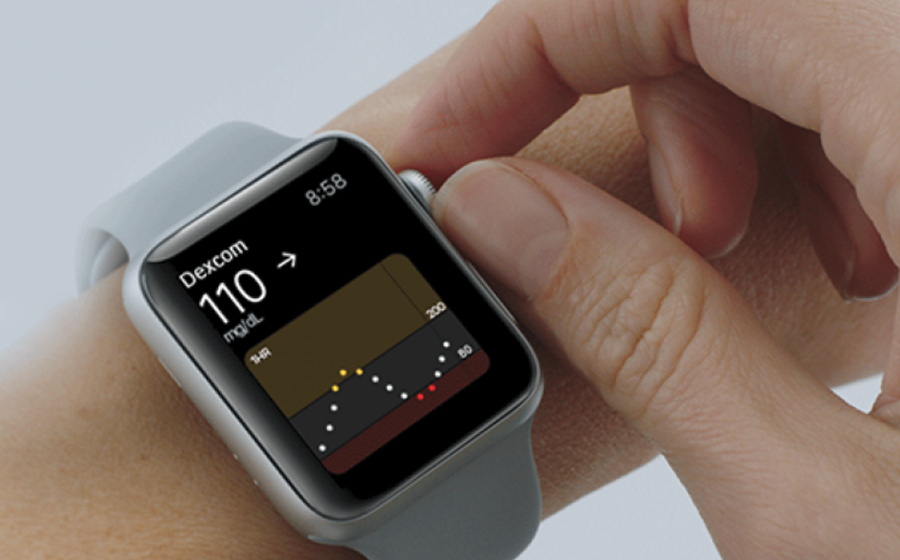Sedentary lifestyle and obesity are triggering a rise in the number of diabetes cases. The complex process of diabetes management often requires a multidisciplinary approach to help control blood glucose level. While lifestyle modifications and controlling blood glucose may be helpful, it can also be overwhelming.
The diabetes epidemic on the other hand, is creating opportunities for diabetes device manufacturers to develop devices that automatically monitor blood glucose and deliver appropriate insulin doses.
Several major firms as well as startups are developing wearable devices to not only monitor blood glucose, but also detect the condition ahead of time. Google and Apple have been in the hunt, along with several other companies to develop diabetes management wearables. These wearables come in the form of wristbands, smartwatches, Skin patches, Smart shoes and socks, and even contact lenses.
Thus far, the most popular forms of wearable devices to monitor blood glucose have been the Continuous Glucose monitoring (CGM) devices, which sticks to the skin to continuously monitor blood glucose 24/7. There has been a surge in FDA Approvals for Diabetes Devices and Product Advances. Among the CGM devices receiving FDA approval recently are:
- Eversense Continuous Glucose Montioring System developed by Senseonics Inc. This system, which consists of an implantable fluorescence-based sensor, a smart transmitter, and a mobile app, provides real-time glucose monitoring every five minutes for up to 90 days at a time. It displays displaying glucose values, trends and alerts on the patient’s compatible mobile device.
- Guardian Connect System developed by Medtronic MiniMed, Inc. The Guardian Connect System measures glucose levels every 5 minutes and displays the values through the Guardian Connect app installed on a compatible mobile device. Users are able to detect trends and track patterns in glucose concentrations to help keep blood glucose levels in a safe range.
- Dexcom CGM System. This system determines blood glucose levels in children aged two and older and adults with diabetes. This is the first type of CGM system permitted by FDA to be used as part of an integrated system with other compatible medical devices and electronic interfaces, which may include automated insulin dosing systems, insulin pumps, blood glucose meters or other electronic devices used for diabetes management.
- MiniMed 670G System developed by Medtronic MiniMed, Inc. This hybrid closed loop system monitors glucose and automatically adjusts the delivery of long acting or basal insulin based on the user’s glucose reading.

Scientists are busy at work trying to develop shoes and socks for people with diabetes. Pre-installed with pressure and heat sensors, these wearables are able to detect areas of the foot with inadequate blood supply, reducing the development of foot ulcers and lower the risk of amputations.
There are several companies working to make contact lens embedded with a small chip that can monitor blood glucose levels in tears. Novartis, a leading pharmaceutical manufacturer has been working with Google to market such product.
Bio-Artificial Pancreas is an implantable device with a small capsule that works like the pancreas. The stem-cell loaded capsule is able to produce insulin. Researchers are also working on other types of implants that can help with automatically delivering drugs and insulin based on blood glucose levels.
Scientists are scrambling to find a cure for diabetes. While wearable devices may not cure the condition, it may very well lower the daily burdens of managing it.












